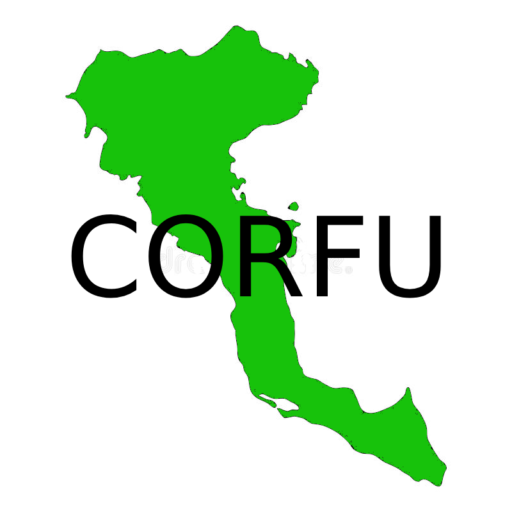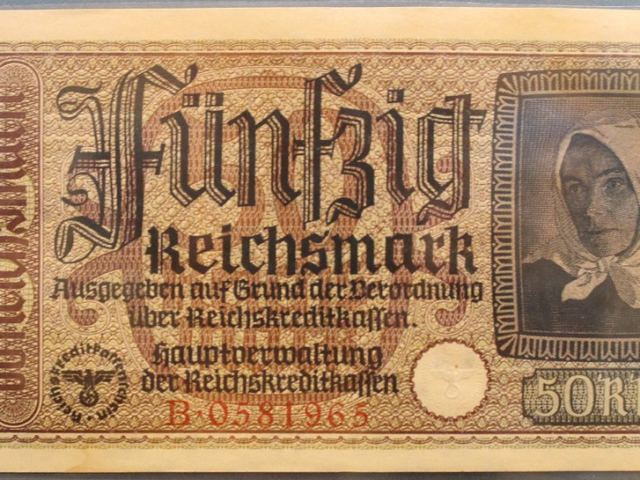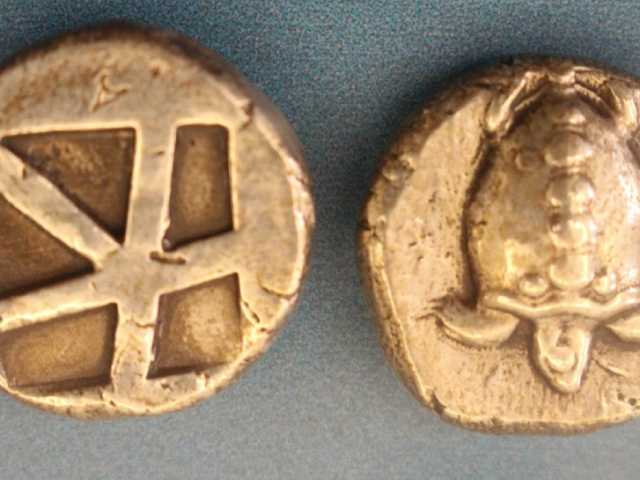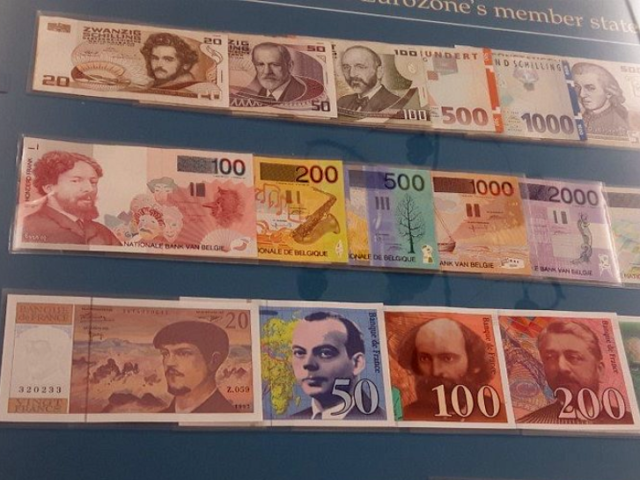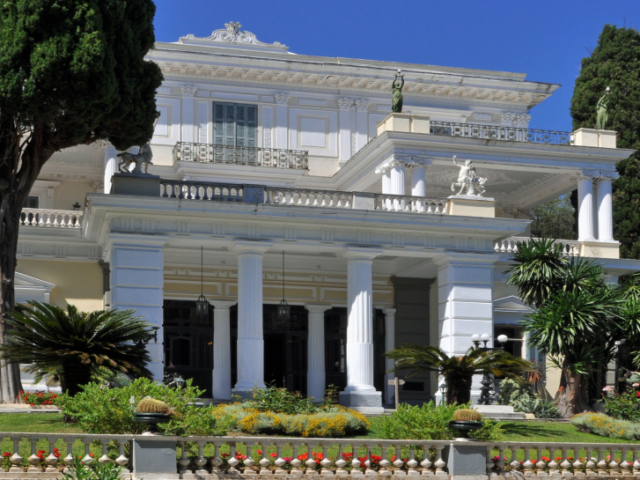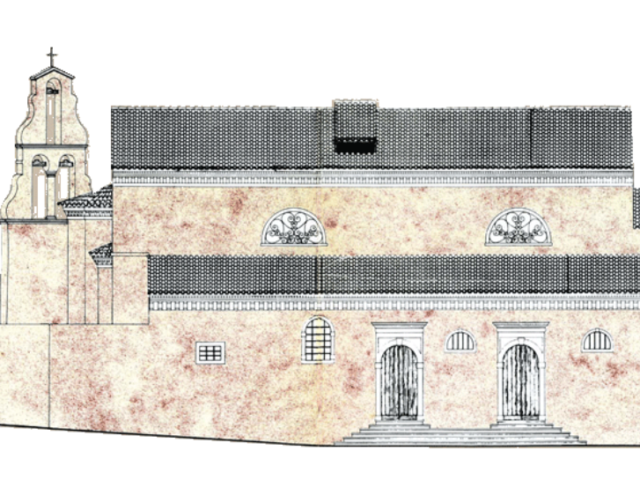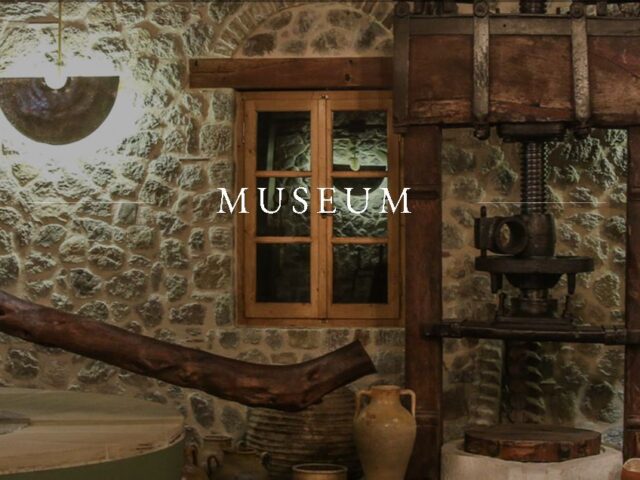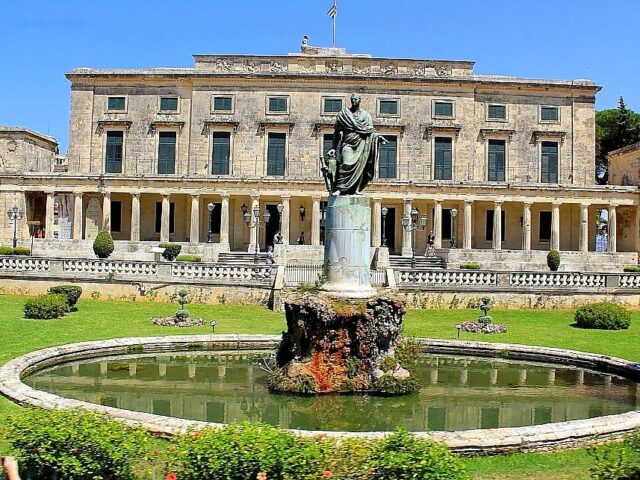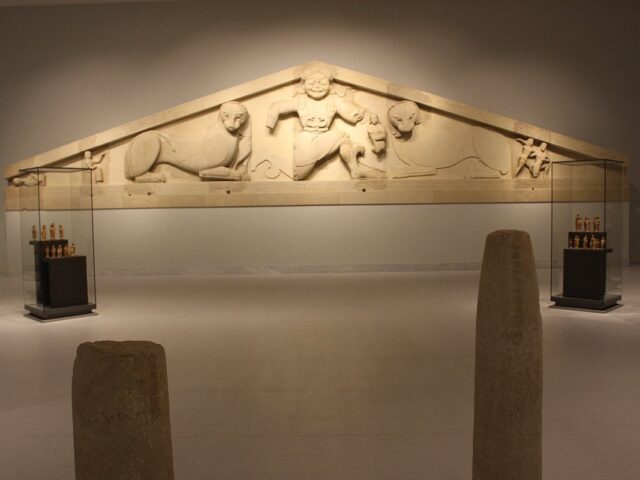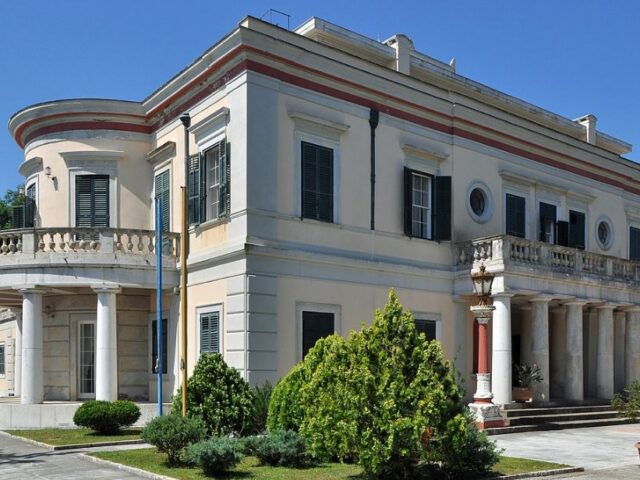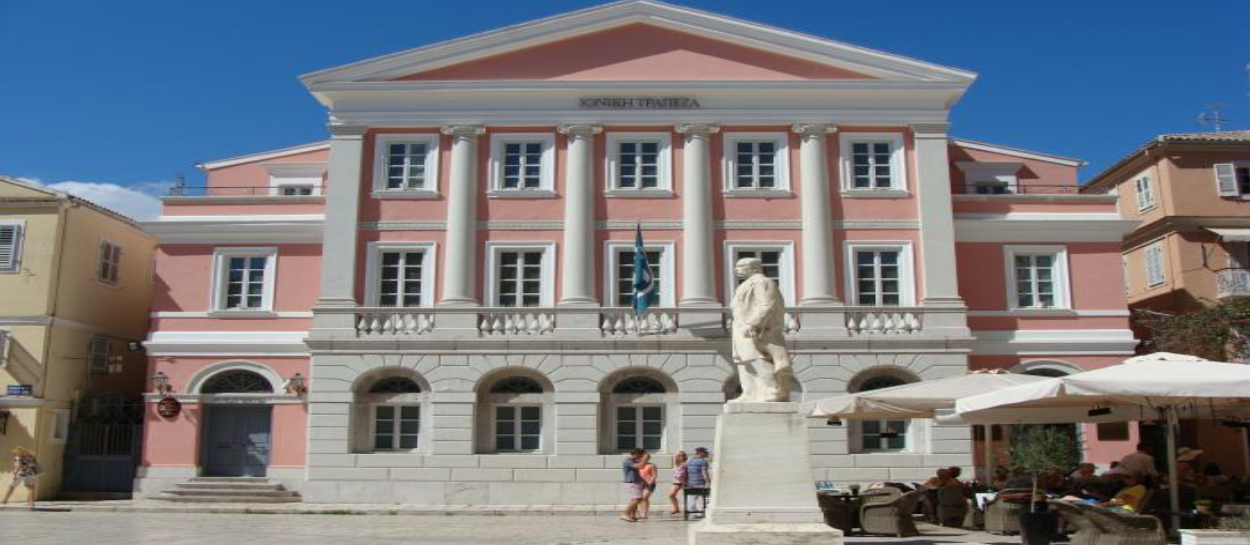
GPS
39.624680912679, 19.922515153885
The Banknote Museum of the Ionian Bank is housed on the first floor of the historic building in which the first Branch of the Ionian Bank in Corfu opened in 1840. The Museum’s Collection includes the complete series of all the paper money that was circulated throughout the history of the Greek State: banknotes, coin notes and related material, spanning 180 years of history.
At the Museum’s permanent exhibition, major events in Greece’s history are presented by means of a timeline and are linked to the numismatic circulation.
The visit starts with the bond notes in piastres issued by the Provisional Government of Greece in 1822 and the phoenix banknote issued by Ioannis Kapodistrias in 1831, and ends with the last banknotes issued in drachmas, which were withdrawn in 2002 with the introduction of the euro.
Tours and guided visits to the permanent exhibition are also available.
The second floor of the Building hosts temporary art exhibitions, conferences and seminars.
Contact the staff, fill out the form :
